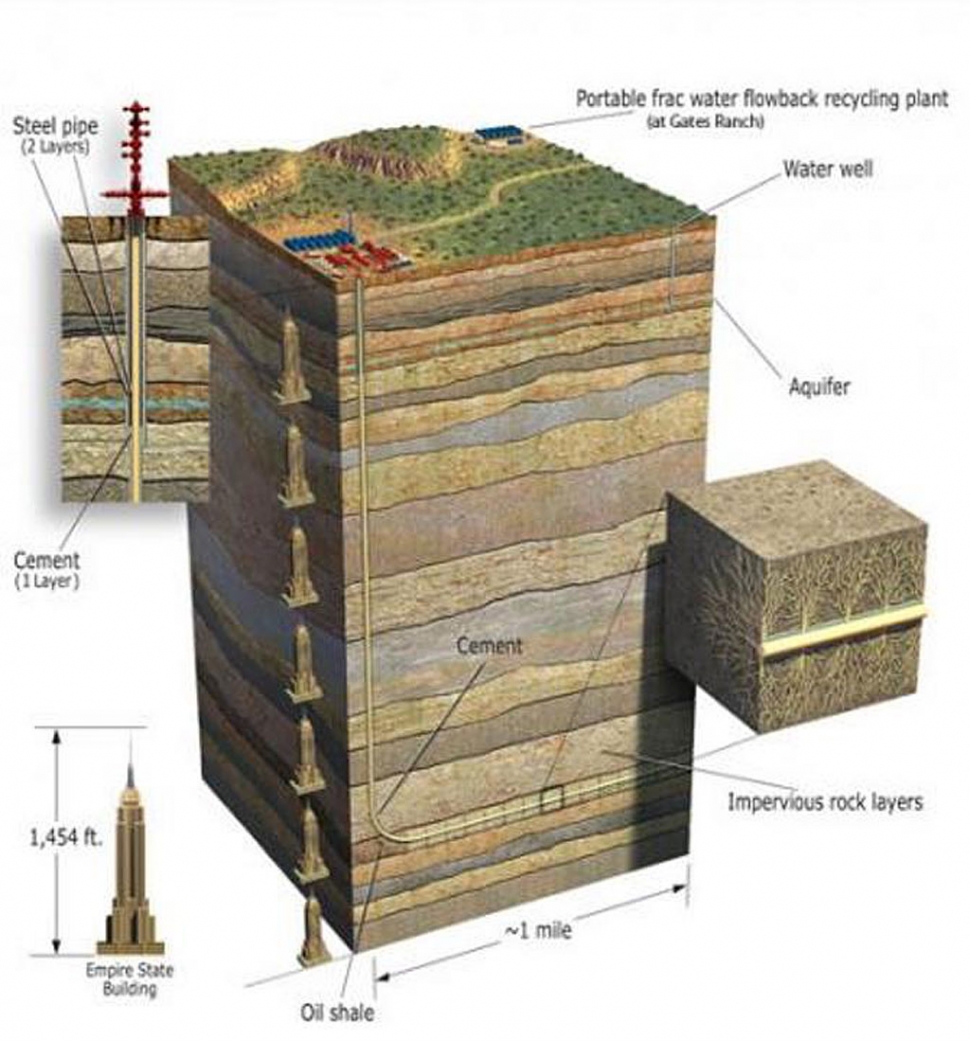|
How it Works: Hydraulic Fracturing
 By Anonymous — Tuesday, May 28th, 2013
June 27 thru October 20, 2013
Premiering at the California Oil Museum on Thursday, June 27, How it Works: Hydraulic Fracturing, will explore the technology of hydraulic fracturing: from what it is, how it works, to the equipment and processes used. Diagrams, models and products used for hydraulic fracturing will be displayed. With this topic being so prominent in the news today, this exhibit will provide insight for those interested in learning more about the production process. Museum hours Wed – Sun, 10am to 4pm. Admission is $4 Adults, $3 Seniors, $1 Students, 5 years old and younger are free. Members are free. Hydraulic fracturing is not a new concept. The first commercial application of hydraulic fracturing as a well treatment technology designed to stimulate the production of oil or gas likely occurred in either the Hugoton field of Kansas in 1946 or near Duncan Oklahoma in 1949. In the ensuing sixty plus years, the use of hydraulic fracturing has developed into a routine technology that is frequently used in the completion of gas wells, particularly those involved in what is called “unconventional production,” such as production from so-called “tight shale” reservoirs. The process has been used on over 1 million producing wells. As the technology continues to develop and improve, operators now fracture as many as 35,000 wells of all types (vertical and horizontal, oil and natural gas) each year. Hydraulic fracturing has had an enormous impact on America’s energy history, particularly in recent times. The ability to produce more oil and natural gas to develop new sources once thought impossible has made the process valuable for US domestic energy production. With hydraulic fracturing, as much as 20 percent of unconventional production from formations such as gas shales is now, on a practical basis, possible. California Oil Museum |
